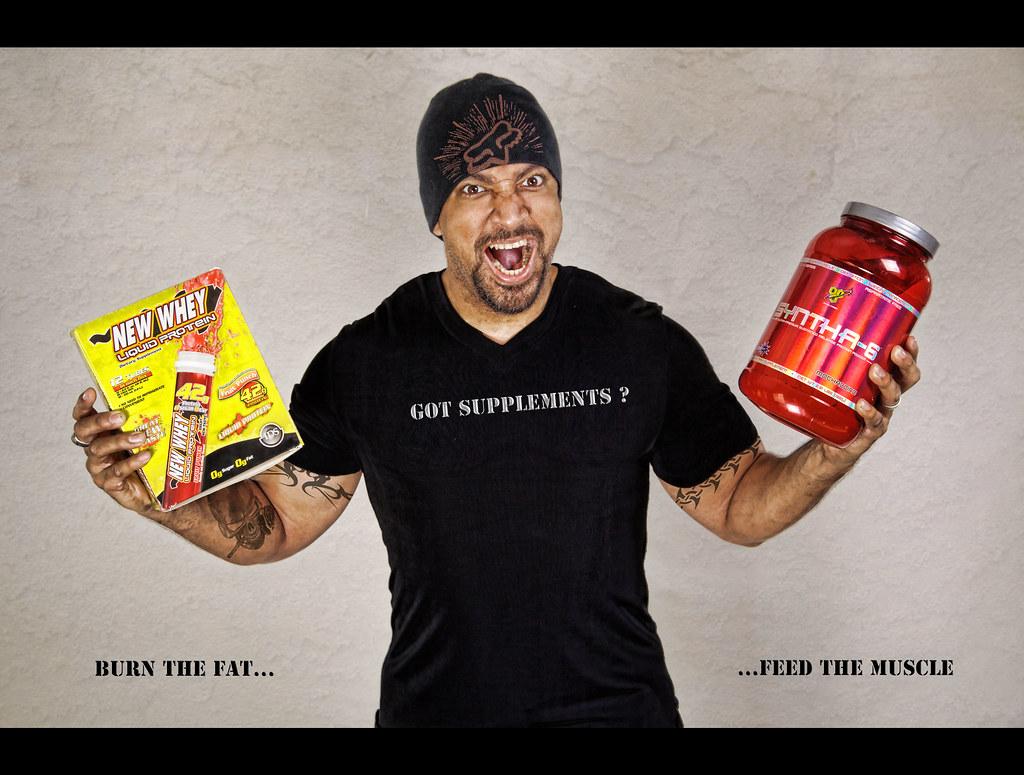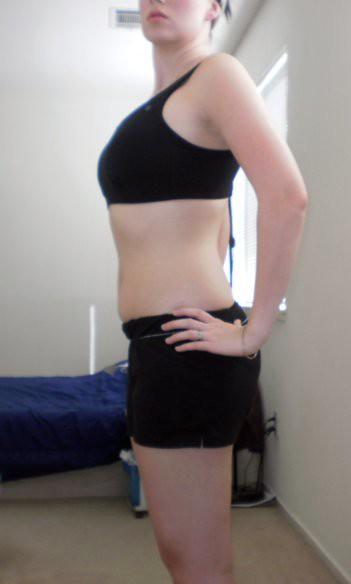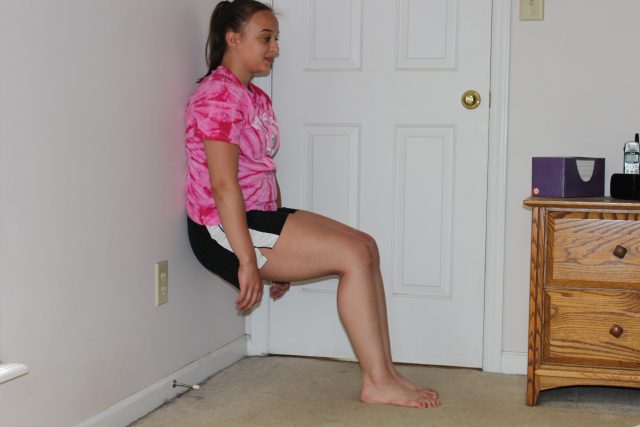Creating a fitness plan that truly works for you can often feel like navigating a maze of conflicting advice and unrealistic expectations. With countless workout routines and diet trends vying for your attention, it’s easy to become overwhelmed and discouraged. But here’s the good news: a successful fitness plan isn’t about following a one-size-fits-all approach. It’s about crafting a personalized roadmap that aligns with your unique goals, lifestyle, and preferences. In this article, we’ll guide you through the process of developing a fitness plan that not only helps you achieve your desired results but also fits seamlessly into your life. With empathy and understanding, we’ll explore practical strategies and tips to empower you on your fitness journey, ensuring that your plan is sustainable, enjoyable, and tailored just for you.
Understanding Your Unique Fitness Needs
Crafting a fitness plan that aligns with your personal goals and lifestyle begins with a deep understanding of your own unique needs. Everyone’s body responds differently to exercise and nutrition, so it’s crucial to identify what works best for you. Here are a few elements to consider:
- Current Fitness Level: Whether you’re a beginner or a seasoned athlete, recognizing your starting point is key. Tailor your plan to challenge yourself without overexertion.
- Personal Goals: Are you aiming for weight loss, muscle gain, or endurance? Clearly defining your objectives will guide your exercise choices and intensity levels.
- Schedule and Lifestyle: Consider how much time you can realistically dedicate to fitness. It’s better to have a consistent, manageable routine than an ambitious plan you can’t maintain.
To help organize your thoughts and set a clear path, you might find it useful to create a simple table that outlines your preferences and constraints:
| Aspect | Details |
|---|---|
| Fitness Level | Beginner |
| Goals | Weight Loss |
| Time Available | 30 minutes daily |
Remember, the most effective fitness plan is one that you enjoy and can stick with over the long term. Listen to your body, adjust as needed, and celebrate your progress, no matter how small.
Setting Realistic and Achievable Goals
When embarking on a fitness journey, it’s crucial to set goals that are not only ambitious but also attainable. This ensures that you stay motivated and focused without feeling overwhelmed. Here are some key strategies to consider:
- Be Specific: Vague goals like “get fit” can be hard to measure. Instead, aim for something precise, such as “run a 5k in under 30 minutes.”
- Make it Measurable: Quantify your goals. Whether it’s losing a certain number of pounds or increasing your strength by a specific percentage, measurable targets help track progress.
- Ensure Relevance: Your goals should align with your personal interests and lifestyle. If you love the outdoors, consider incorporating hiking or cycling rather than indoor activities you might not enjoy.
Incorporating a balanced mix of short-term and long-term goals can keep your fitness plan dynamic and engaging. Here’s a simple table to illustrate how you might balance these:
| Type | Example |
|---|---|
| Short-term | Walk 10,000 steps daily for the next month |
| Long-term | Complete a half-marathon by the end of the year |
Remember, the journey to fitness is personal and unique to each individual. Embrace the process, celebrate small victories, and don’t hesitate to adjust your goals as you progress. This flexibility will help maintain enthusiasm and commitment to your fitness plan.

Designing a Balanced and Enjoyable Workout Routine
Crafting a workout routine that is both balanced and enjoyable can transform your fitness journey from a chore into a rewarding experience. To achieve this, consider incorporating a mix of activities that not only target different muscle groups but also keep your mind engaged. Variety is key; it helps prevent burnout and keeps your motivation levels high. Here’s how you can structure your weekly workout:
- Cardiovascular Exercises: Aim for at least 150 minutes of moderate-intensity cardio each week. Activities like running, cycling, or even dancing can get your heart pumping and boost your endurance.
- Strength Training: Include at least two sessions per week focusing on major muscle groups. This could involve weight lifting, resistance bands, or body-weight exercises like push-ups and squats.
- Flexibility and Balance: Dedicate time to yoga, Pilates, or simple stretching exercises to enhance your flexibility and balance, reducing the risk of injury.
Balance doesn’t just mean a variety of exercises; it also involves listening to your body and making sure you’re not overdoing it. Pay attention to rest and recovery. Ensure that you have at least one rest day per week to allow your muscles to repair and grow. If you need a quick guide to plan your routine, here’s a simple weekly layout:
| Day | Activity |
|---|---|
| Monday | Cardio + Core Workout |
| Tuesday | Strength Training (Upper Body) |
| Wednesday | Yoga or Pilates |
| Thursday | Cardio + Leg Workout |
| Friday | Strength Training (Lower Body) |
| Saturday | Active Rest (Light Walk or Swim) |
| Sunday | Rest Day |
Remember, the best workout routine is one that fits your lifestyle and preferences. It’s okay to adjust as you go, ensuring that each session is not only effective but also something you look forward to.

Tracking Progress and Staying Motivated
Embarking on a fitness journey is both exciting and challenging, and maintaining motivation can be one of the toughest hurdles. To ensure you stay on track, it’s crucial to regularly assess your progress and adapt your plan as needed. Here are some effective strategies to keep you motivated:
- Set Clear Goals: Break down your ultimate fitness objectives into smaller, achievable milestones. This not only makes your goals feel more attainable but also provides regular opportunities to celebrate success.
- Track Your Progress: Keep a detailed record of your workouts, dietary habits, and any changes in your physical measurements. Use apps or journals to visualize your journey and identify patterns or areas for improvement.
- Stay Flexible: Life happens, and it’s okay to adjust your plan. Being adaptable helps prevent burnout and keeps your routine enjoyable and sustainable.
Here’s a simple way to monitor your progress:
| Week | Workout Hours | Weight Change | Mood |
|---|---|---|---|
| 1 | 3 | -1 lb | Motivated |
| 2 | 4 | -2 lbs | Energetic |
| 3 | 5 | -0.5 lb | Determined |
Incorporating these methods into your fitness plan will not only help you stay motivated but also provide a clear roadmap of your accomplishments. Remember, every small step forward is a victory on your path to a healthier you.








































